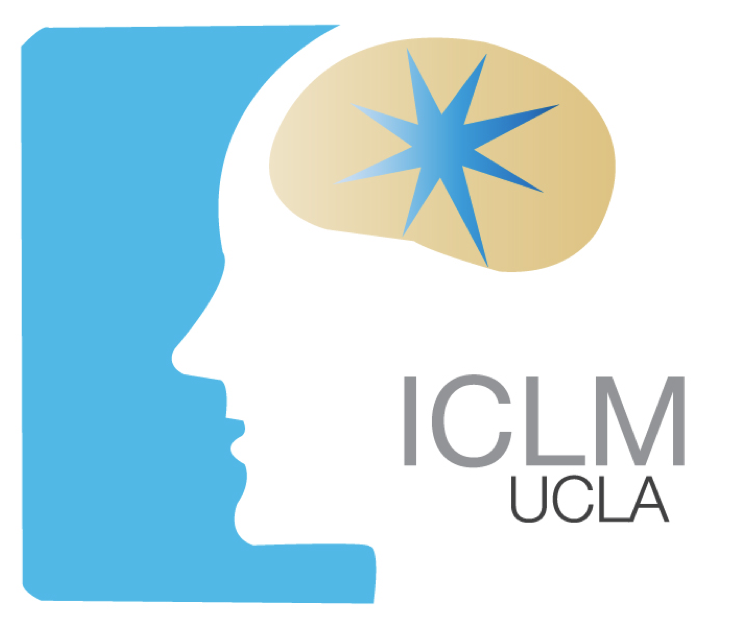
Kate Wassum
The Wassum Lab’s goals are to 1) Reveal the neural signals and circuits that underlie reward learning, motivated behavior, and decision making and 2) to understand how dysfunction in these mechanisms can produce the maladaptive behavior underlying mental illness.
Associative memories underlie a large majority of our emotions, motivations, and decisions. We strive to understand how these memories are formed and stored in the brain and how they combine with one’s current state to dictate behavior. Our ultimate goal is to facilitate the understanding and treatment of the mental illnesses, such as drug and alcohol addiction, that arise from disruptions in these neural systems.
We take a multidisciplinary approach to our research, combining behavioral procedures rooted in the rich traditions of learning theory with advanced neural recording, interference, and/or molecular methods. We collaborate heavily to achieve our goals.
Lab website
Recent Publications
Mesolimbic dopamine projections mediate cue-motivated reward seeking but not reward retrieval in rats Halbout B, Marshall AT, Azimi A, Liljeholm M, Mahler SV, Wassum KM, Ostlund SB. eLife (2019)
Distinct cortical-amygdala projections drive reward value encoding and retrieval Malvaez M, Shieh C, Murphy, MD, Greenfield VY, Wassum KM. Nature Neuroscience (2019) Free Full PDF BioRxiv See also commentary: Anatomical specialties for value information Gourley Nature Neuroscience (2019)
Nucleus accumbens cholinergic interneurons oppose cue-motivated behavior Collins AL, Aitken TJ, Huang I, Shieh C, Greenfield VY, Monbouquette HG, Ostlund SB, Wassum KM. Biological Psychiatry (2019) BioRxiv
Habits are negatively regulated by histone deacetylase 3 in the dorsal striatum Malvaez M, Greenfield VY, Matheos DP, Angelillis NA, Murphy MD, Kennedy PJ, Wood MA , Wassum KM Biological Psychiatry (2018) 84(5) 383-392 BioRxiv See also commentary: Distinct but Synergistic Roles for Histone Deacetylase in the Dorsal Striatum During Habit Formation Pittenger & Taylor Biological Psychiatry (2018) 84(5) 322-23
Regulation of habit formation in the dorsal striatum Malvaez M, Wassum KM. Current Opinion in Behavioral Science (2018) 20:67-74.
Modulation of cue-triggered reward seeking by cholinergic signaling in the dorsomedial striatum Ostlund SB, Liu AT, Wassum KM, Maidment NT. European Journal of Neuroscience (2017) 45 (3) 358-364.
Basolateral amygdala to orbitofrontal cortex projections enable cue-triggered reward expectations Lichtenberg NT, Pennington ZT, Holley SM, Greenfield VY, Cepeda C, Levine MS, Wassum KM Journal of Neuroscience (2017) 37 (35) 8374-8384.
Optogenetic excitation of cholinergic inputs to the hippocampus primes future contextual fear associations Hersman S, Cushman J, Lemelson N, Wassum KM, Lotfipour S, Fanselow MS. Scientific Reports (2017) 7, 2333.
Amygdala mu-opioid receptors mediate the motivating influence of cue-triggered reward expectations Lichtenberg NT and Wassum KM European Journal of Neuroscience (2016) 45 (3) 381-387.
Nucleus accumbens acetylcholine receptors modulate dopamine and motivation Collins AL, Aitken TJ, Greenfield VY, Ostlund SB and Wassum KM Neuropsychopharmacology (2016) 41(12):2830-2838.
Dynamic mesolimbic dopamine signaling during action sequence learning and expectation violation Collins AL, Greenfield VY, Bye JK, Linker KE, Wang AS and Wassum KM Scientific Reports (2016) 6, 20231.
Nucleus accumbens core dopamine signaling tracks the need-based motivational value of food-paired cues Aitken TJ*, Greenfield VY* and Wassum KM Journal of Neurochemistry (2016) 136:5, 1026-1036.
The origins and organization of vertebrate Pavlovian conditioning Fanselow MS and Wassum KM Cold Spring Harbor perspectives in biology (2015).
The basolateral amygdala in reward learning and addiction Wassum KM and Izquierdo A. Neuroscience & Biobehavioral Reviews (2015) 57,271-283.
Basolateral amygdala rapid glutamate release encodes an outcome-specific representation vital for reward-predictive cues to selectively invigorate reward-seeking actions Malvaez M, Greenfield VY, Wang AS, Yorita AM, Feng L, Linker KE, Monbouquette HG, Wassum KM. Scientific Reports (2015) 5,12511.
 I.C. Learning & Memory
I.C. Learning & Memory